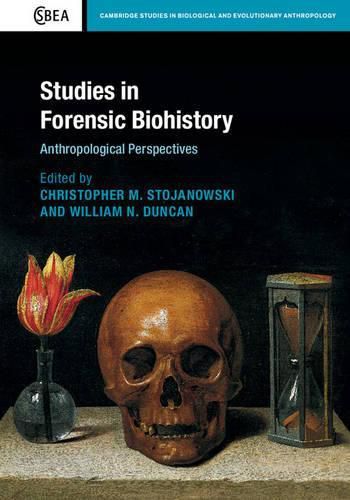Readings Newsletter
Become a Readings Member to make your shopping experience even easier.
Sign in or sign up for free!
You’re not far away from qualifying for FREE standard shipping within Australia
You’ve qualified for FREE standard shipping within Australia
The cart is loading…






The lives of kings, poets, authors, criminals and celebrities are a perpetual fascination in the media and popular culture, and for decades anthropologists and other scientists have participated in ‘post-mortem dissections’ of the lives of historical figures. In this field of biohistory, researchers have identified and analyzed these figures’ bodies using technologies such as DNA fingerprinting, biochemical assays, and skeletal biology. This book brings together biohistorical case studies for the first time, and considers the role of the anthropologist in the writing of historical narratives surrounding the deceased. Contributors theorize biohistory with respect to the sociology of the body, examining the ethical implications of biohistorical work and the diversity of social theoretical perspectives that researchers’ work may relate to. The volume defines scales of biohistorical engagement, providing readers with a critical sense of scale and the different paths to ‘historical notoriety’ that can emerge with respect to human remains.
$9.00 standard shipping within Australia
FREE standard shipping within Australia for orders over $100.00
Express & International shipping calculated at checkout
The lives of kings, poets, authors, criminals and celebrities are a perpetual fascination in the media and popular culture, and for decades anthropologists and other scientists have participated in ‘post-mortem dissections’ of the lives of historical figures. In this field of biohistory, researchers have identified and analyzed these figures’ bodies using technologies such as DNA fingerprinting, biochemical assays, and skeletal biology. This book brings together biohistorical case studies for the first time, and considers the role of the anthropologist in the writing of historical narratives surrounding the deceased. Contributors theorize biohistory with respect to the sociology of the body, examining the ethical implications of biohistorical work and the diversity of social theoretical perspectives that researchers’ work may relate to. The volume defines scales of biohistorical engagement, providing readers with a critical sense of scale and the different paths to ‘historical notoriety’ that can emerge with respect to human remains.